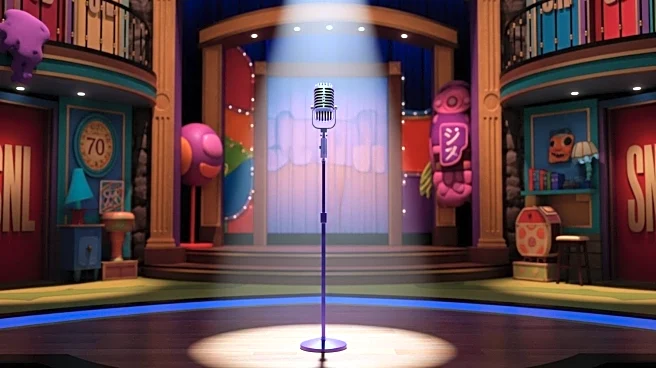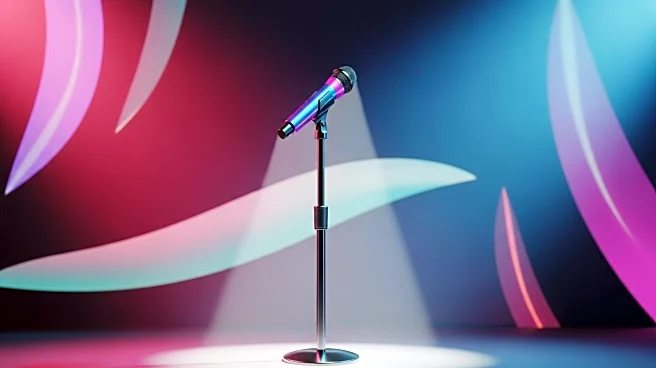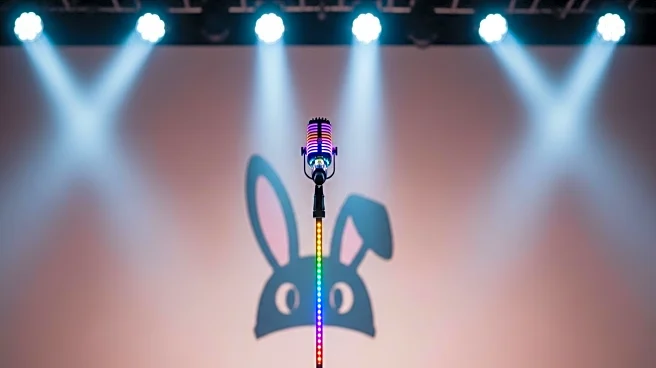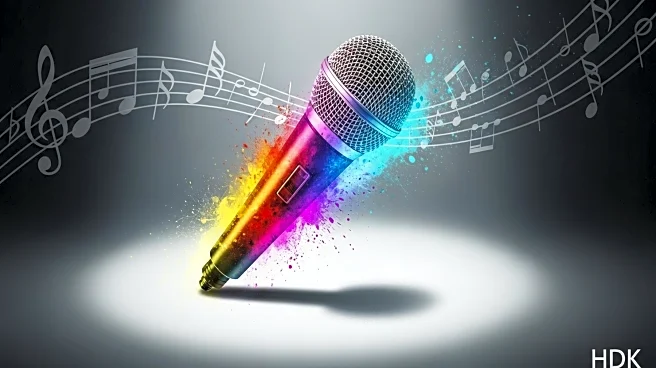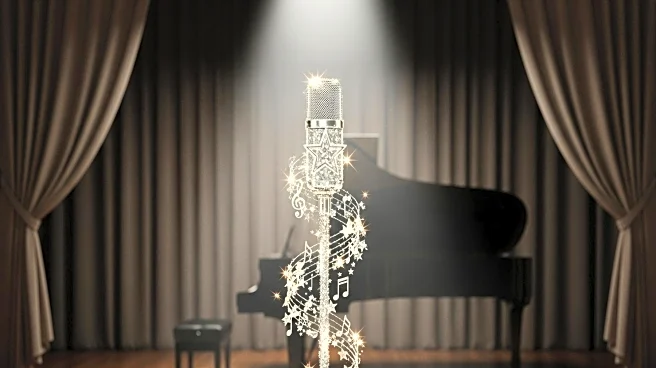What's Happening?
Speaker of the House Mike Johnson has expressed his disapproval of the decision to feature Bad Bunny as the performer for the upcoming Super Bowl halftime show. Johnson, who was questioned about the choice while at the Capitol, stated that Bad Bunny does not appeal to a broad audience, despite the artist's significant global popularity, including nearly 80 million monthly listeners on Spotify. Johnson suggested that Lee Greenwood, known for his patriotic music, would be a more suitable choice for the event, which he believes should feature role models for young, impressionable viewers.
Why It's Important?
The selection of performers for the Super Bowl halftime show is a significant cultural event, often reflecting broader societal trends and values. Johnson's comments highlight ongoing debates about cultural representation and the influence of popular music on American audiences. While Bad Bunny is a global music phenomenon, Johnson's preference for Lee Greenwood underscores a desire for more traditional and patriotic representation. This discussion may influence future decisions regarding entertainment at major national events, potentially affecting how diverse cultural expressions are integrated into mainstream American culture.
What's Next?
As the Super Bowl approaches, the conversation around the halftime show may continue to evolve, with potential reactions from fans, cultural commentators, and other political figures. The NFL and event organizers may face pressure to consider broader audience preferences and cultural representation in their selection process. Additionally, Johnson's comments could spark further debate about the role of political figures in influencing entertainment choices at national events.
Beyond the Headlines
Johnson's critique of Bad Bunny's selection raises questions about the intersection of politics and entertainment, particularly how cultural preferences are shaped by political ideologies. This situation may reflect broader societal divides regarding cultural representation and the acceptance of diverse musical genres in mainstream American events. The discussion could lead to a reevaluation of how cultural icons are chosen for high-profile performances, potentially impacting future selections and the inclusivity of such events.


